To canoeists, Algonquin Provincial Park is a legendary place of endless wilderness and adventure. For artists, it is an incredible source of inspiration, a muse in itself.
Algonquin Provincial Park has been on my wishlist for years, ever since I first picked up a canoe paddle. Come late September of this year and we finally made it.
Our six-day canoe camping trip in Algonquin was one of those experiences that is hard to define in a sentence or two.
The beauty of the park matched the reputation but we were also surprised and challenged for a number of reasons. Find out why below and then start planning your own Algonquin adventure with the included planning guide.
Backcountry necessities
- Always bring the 10 Essentials
- Know how to stay safe in the backcountry
- Remember to Leave No Trace to help keep the wilderness wild
- Understand how to avoid negative bear encounters
- Trying out backpacking for the first time? Read Backpacking 101
- Check out our packing guide with gear recommendations
- Sign up to our newsletter for a free paddling checklist
Algonquin Provincial Park – Canada’s first
Algonquin was Canada’s first provincial park and currently protects 7,653 km² of area. For many, it provides the picture-perfect vision of Canada.
Dense maple forests lining intricate mirror lakes, mist slowing rising above the low hills as a moose drinks by the side of the water. I can assure you, it’s all true. Well, I’ve seen it all besides the moose. Algonquin is a premier destination in Canada but we were unlucky and saw none.
With over 2,400 lakes and 1,200 kilometres of streams and rivers, Algonquin is a heaven for canoeists. There are over 1,200 backcountry campsites spread across this vast wilderness, offering a myriad of Algonquin canoe routes and trip flexibility.
There is no singular perfect Algonquin canoe trip – there are hundreds, if not thousands of them. This is a place made for exploration and there isn’t a wrong way to do it.
Looking for autumn colours in Algonquin
For our own Algonquin Park canoe trip, we played it pretty safe. It was the end of a long season spent travelling around the eastern side of Canada and our third big paddling trip of the year. JR was dealing with the tail end of a cold and I was simply exhausted.
In six days we could have traversed dozens of Algonquin’s compact lakes, reaching towards some of the more isolated areas of the park. With our off the beaten path mantra, that would have been ideal. But the timing wasn’t great.
In the end, we compromised, staying fairly close to our access point of Canoe Lake in Algonquin. The area surrounding Canoe Lake is one of the most travelled in the park, but it offers some convenient circuits with fairly short portages.
Midweek in late September, however, I figured that the popularity of the area wouldn’t be a big deal. I was both right and wrong.
The main aim of our trip was to see the autumn colours that Algonquin is so well known for. As we drove into the park boundaries, some reds were starting to push through their green and yellow neighbours.
We kept our fingers crossed and hoped for some cooler weather. As they say, be careful what you wish for…
Algonquin Park Portages
The first aspect that surprised me about Algonquin was the portages. Figuring that with so many people passing through the park, I thought that the portages would be a tame version of what we’d experienced over in British Columbia. Not quite so.
The first portage from Canoe Lake lived up to my expectations (300m and as wide and flat as they come) but thereafter, that illusion was done. We scrambled under huge fallen trees, over beaver dams and through mud and bog.
Far from being disappointed, I was actually pretty impressed. We were exploring one of the most travelled areas of Algonquin and yet it wasn’t a walk in the park. What does that say about the wilderness in the rest of the park?
A Cold Breath of Winter in Algonquin
Besides the portages, I was also taken aback by the cold. It was the last few days of September and the temperature barely rose above three degrees Celsius.
No big deal, you’d think, we live in Canada and have experienced freezing winters down to -40c before. The difference in Algonquin is that it was a humid cold. The kind that gets into your bones and you can’t warm up, no matter how many wool layers you put on.
Campfires became less of a novelty and more absolute necessity for warmth.
I have honestly never been so cold on a backcountry trip before. And for that Algonquin, thanks for the reminder that nature is always king. The freezing weather did come with a bonus though. It encouraged the trees to show their beautiful autumn colours.
Algonquin is particularly known for its incredible display of intense red maple, alighting on the hillsides as if the trees were on fire. We, unfortunately, did not get to see the peak of the colours but I was very pleased with the vibrant backdrop we had.
The Perfect Day in Algonquin Provincial Park
Our second to last day in Algonquin was, by far, my favourite. And I say that despite doing six portages. We woke up on Littledoe Lake to mist covering the surface of the water.
It was 6.30am and everything was still. Launching the canoe into the water, we cruised the lake and watched the wildlife wake up. Three otters followed the shore, diving in and out of the reeds and passing right by an occupied campsite.
After breakfast, the mist burned off to reveal a bright sky with wispy clouds. The sunshine we had been waiting for! Not wanting to waste it, we headed up the river to Sunbeam Lake via Bluejay Lake and the twistiest of waterways you could ever imagine.
Up and over a couple of beaver dams and around many, many corners and we were finally at the prettiest lake we had seen in Algonquin so far. An island in the middle provided the perfect vantage point (and doubled up as an excellent place for lunch).
Back to Canoe Lake, Algonquin
The journey back wasn’t quite so fun, seeing as it traversed through the boggiest of bogs. Nonetheless, it allowed us to complete a full circuit back to Littledoe, via the ever popular Tom Thomson Lake. I can see why it is such a popular destination – the unusual shape, the largest lake close to access point, the interesting rock features. But we were happy back at Littledoe, at the most comfortable of Algonquin campsites we stayed at.
The short paddle out of Algonquin the next day was also a special one. The clouds hung low but the view was brightened by the best show of autumn leaves so far. Paddling around each corner presented us with a new array of intense reds, burnt oranges and warm yellows. Reaching the beach at the end of Canoe Lake, the parking lot was filled with camera brandishing tour groups from Toronto, eager to see the fall colours of Algonquin.
Algonquin = A paddling dream
Our six-day Algonquin canoe trip was the fulfilment of a long-held paddling dream. It wasn’t quite what I imagined, but that is perhaps for the better. I like to be kept on my toes.
The park was busier in late September than I had anticipated but was still able to retain that wilderness feel. There were moments we were surrounded by canoes yet some days we were all alone.
Despite having a strong aversion to crowds, seeing other people didn’t make me feel disappointed in Algonquin. It was actually the opposite. It was a revelation to see so many canoeists. Out in British Columbia, canoeists aren’t rare but are certainly not common.
In the area surrounding Algonquin, it was the norm. We had found our people and they had an amazing playground, one that we only got a small taste of. We will return to Algonquin one day, with a lighter canoe and the desire to go further. I can only imagine what is out there.
Canoe Camping in Algonquin Provincial Park: All the Details
If you’re thinking about going your own Algonquin canoe trip, keep reading for all of the essential info.
As mentioned above, I found planning our own canoe route in Algonquin to be quite overwhelming at first so here’s everything I wish I had known, all in one place.
There are affiliate links in this section. If you make a qualifying purchase through one of these links, I may receive a small commission at no extra cost to you.
How to Reach Algonquin Provincial Park
Algonquin Provincial Park is in south-central Ontario, around 300km (three hours drive) north of Toronto. Highway 60 runs directly through a southern section of the park.
If you don’t have your own transport but still want to experience Algonquin, consider a guided trip with a company such as Moose Travel. They pick up in downtown Toronto and organise canoe rentals, plus accommodation and food.
Huntsville is the largest nearby town to Algonquin, about 42km from the western boundary. This is the best place to go for any needed supplies before heading out on a trip. There are all the big box stores (Walmart, Canadian Tire, et al) as well as a Bulk Barn.
Looking to book a stay in Huntsville before or after your Algonquin canoe trip?
Arrowhead Inn – Good value
Knights Inn Huntsville – Great location
Huntsville Inn – Highly rated on Booking.com
Planning an Algonquin Park Canoe Trip
With so many lakes and potential routes, planning a canoe trip in Algonquin can be both fulfilling and challenging. I usually love to plan trips but with Algonquin, I wasn’t even sure where to start. If, like us, it’s your first time in Algonquin I would first narrow down which access point you are planning to use. Paddlers have to leave from one of the 29 access points at the edge of the park. When considering which access point, think about:
- The direction you are arriving from – Algonquin is a sprawling place
- How far off the beaten path you would like to go -generally, things are quieter and less developed away from Highway 60
- On-site access facilities such as permit office or outfitters – for canoe rental, if needed (Canoe Lake had free showers!)
- Parking security – the busiest parking lots offer a sense of higher security
Once you have this narrowed down, purchase the relevant Jeff’s Map and start planning a route from there. Each of the section maps feature a number of different access points, so if you change your mind, no problem. The maps also include paddling and portage distances plus a rating system for campsite and portage quality.
Our Algonquin Park Canoe Trip Route
Our six-day canoe trip in Algonquin looked like this –
- Launched from Canoe Lake, overnight at Teepee Lake campsite (1 portage)
- Travelled to the eastern side of Burnt Island Lake via Baby Joe Lake, overnight stay (3 portages)
- Day trip to Little Otterslide Lake, overnight at Burnt Island Lake again (1 portage)
- Travelled to Littledoe Lake, overnight stay (1 portage)
- Day trip to Sunbeam Lake via Bluejay Lake and Tom Thomson Lake, overnight at Littledoe again (6 portages)
- Paddle out to Canoe Lake (1 portage)
As previously mentioned, we played it pretty safe on this trip. We could have paddled much further the first day, to Burnt Island Lake or beyond.
I would not recommend staying at Teepee Lake for a couple of reasons. Firstly, the lake is very narrow and it can be noisy when most of the other campsites are occupied.
Secondly, there are a number of large road accessible summer camps on the same waterbody. The campsites on Teepee Lake and Joe Lake are ideal for novice paddlers or those wanting to stay close to civilisation.
Algonquin Park Camping – Backcountry Campsites
Once you have a rough canoe route in mind, it’s time to think about campsites. In my opinion, Algonquin’s canoe camping system is one of the smartest I’ve seen.
Each camping party with a valid permit for the backcountry is allocated a spot on a specific lake or zone for a certain number of nights.
The campsites on the selected lake or zone are allocated on a first come, first serve system on arrival at the lake. If a site is open, just go ahead and take it – it’s yours.
The reason I like Algonquin’s camping system so much is that it effectively reserves a site for everyone.
There is no pressure to get to a lake early unless you have a particular spot in mind. Other things you should know about Algonquin’s backcountry camping:
- Campsites are marked clearly with large orange signs
- Most Algonquin campsites have an established fire pit and “thunderbox” – an open-sided pit toilet
- Some of the more well-used campsites near Canoe Lake have bear hangs
- The group size maximum for each campsite is 9 people
- Algonquin backcountry camping fees are currently $12.43 per night, per adult (tax inclusive)
- Backcountry users do not have to pay the Ontario Parks day use fee on top of the nightly camping fee
Algonquin Provincial Park camping reservations
It is recommended to make campsite reservations to secure your Algonquin Park canoe route, especially in summer.
Reservations can be made in person, via the call centre or online on the Ontario Parks website. Online reservations cost $11 while other methods are $13.
When making a reservation, it is a good idea to have a map handy, especially when reserving via the call centre. The online reservation system does have a map but I think using a hard copy is preferable to double check your route before booking.
If you make a reservation, it is still mandatory to pick up a backcountry permit before embarking on your route. Simply visit any of the permit offices throughout the park.
It is possible to go on a canoe camping trip in Algonquin without a reservation, though you may be severely limited with length of trip and destinations in summer.
We did this for our late September trip, however, it was still necessary to adapt our desired route. If you do not have a reservation, your route will be finalised at a permit office when purchasing your permit.
Algonquin Park Canoe Rental
Want to go a canoe trip in Algonquin but don’t own a canoe? No problem. There are a number of outfitters based in the park (some right on the shore of a lake) which offer canoe rentals. Overnight rental rates are charged by the night and are discounted for longer trips.
My recommendation for Algonquin Park canoe rental would be to go for a light boat, around 50lb or less. This will make portages a lot easier.
Two seat canoes are the most common to rent, but three seat models are available from some outfitters. PFDs (life jackets) and other mandatory safety equipment are included with Algonquin canoe rentals as standard.
Some suppliers of canoe rentals in Algonquin also offer complete camping outfitting. This means it is possible to rent an entire package of essential camping items such as tents, sleeping bags, cooking stove, first aid kit plus food supplies too.
All you would need to bring, therefore, would be appropriate clothing for the trip.
It is also possible to go on a guided canoe trip of Algonquin, with all equipment included.
What to Bring on an Algonquin Canoe Trip
Besides all of your regular backcountry gear, I would recommend bringing the following items on any Algonquin Park canoe trip:
- A detailed map of Algonquin. As previously mentioned, we used and loved Jeff’s Maps. Colourful, easy to read and with SO much information, this is the only map you need! Purchase online, at MEC or other outfitters.
- Lightweight tarp. Staying dry is such an important part of any canoe trip. Even if the weather looks good, be sure to stuff one of these into your backpack. And if it’s super sunny, it doubles up as a shade
- Water filtration. The water in Algonquin Provincial Park is of varying quality. Even if it looks clear though, be sure not to drink it without first filtering. We use Katadyn’s BeFree filter – quick, simple to use and lightweight
- Waterproof camera case. Trust me, you’re going to want to take photos in Algonquin Provincial Park. For our DSLR, we carry a Pelican case. It has been completely submerged in water a number of times with no issues
- Bug spray. Yep, I hate to say it but bug spray is definitely an essential in Algonquin. I’ve heard so many horror stories of the park earlier in the season
- Toilet paper! Algonquin’s ‘thunder boxes’ do not come with toilet paper. Be sure to bring your own in a dry bag or resealable freezer bag
- Utility cord or rope for a bear hang. There is thought to be around 2000 black bears in Algonquin Provincial Park. Always maintain a clean camp, store food and all other attractants (toothpaste, soap etc) well away from your tent and be bear aware
- A fishing license, if you intend to fish while in Algonquin. You should also be aware that possession or use of live baitfish are prohibited in Algonquin Park
Algonquin Park Hiking Trails
As well as the huge network of canoe camping routes, Algonquin Provincial Park also has a choice of hiking trails.
The majority are day use trails but there are three main backpacking trails – the Eastern Pines (loops of 6-15km), Highland (19-35km) and Western Uplands (32-88km).
While Algonquin isn’t primarily known for its backpacking trails, overnight hiking offers a unique perspective on the park.
There are a number of backcountry hike-in campsites, available for the standard $12.43 per adult, per night backcountry fee.
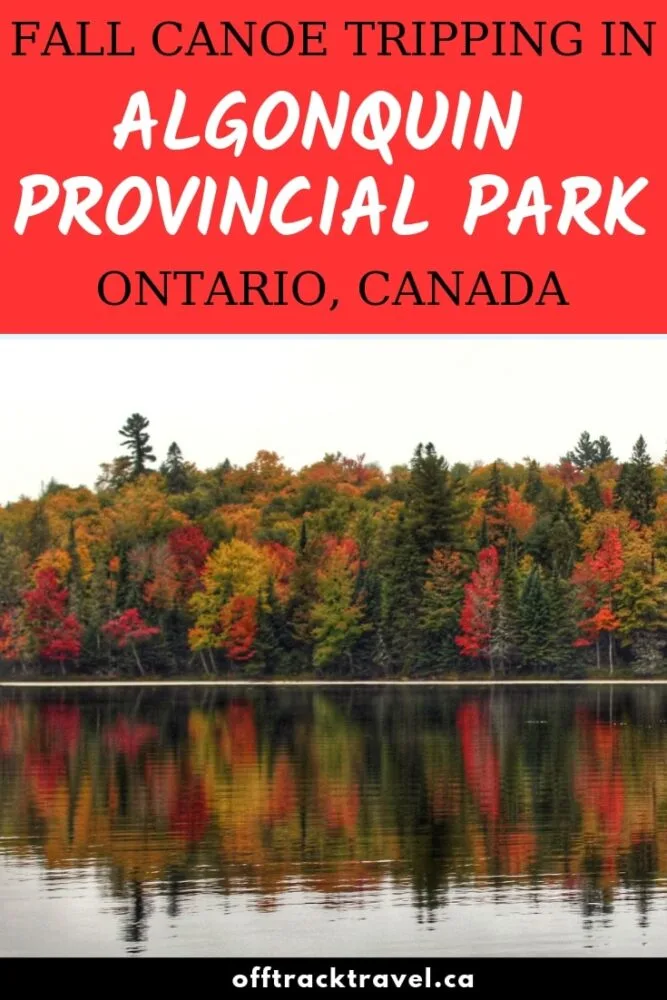
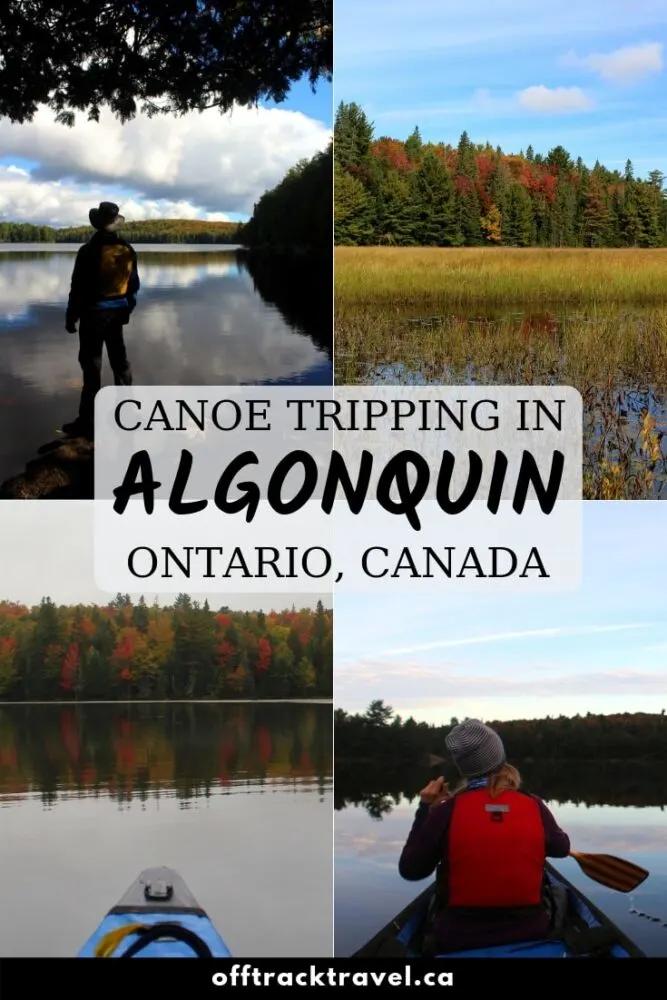
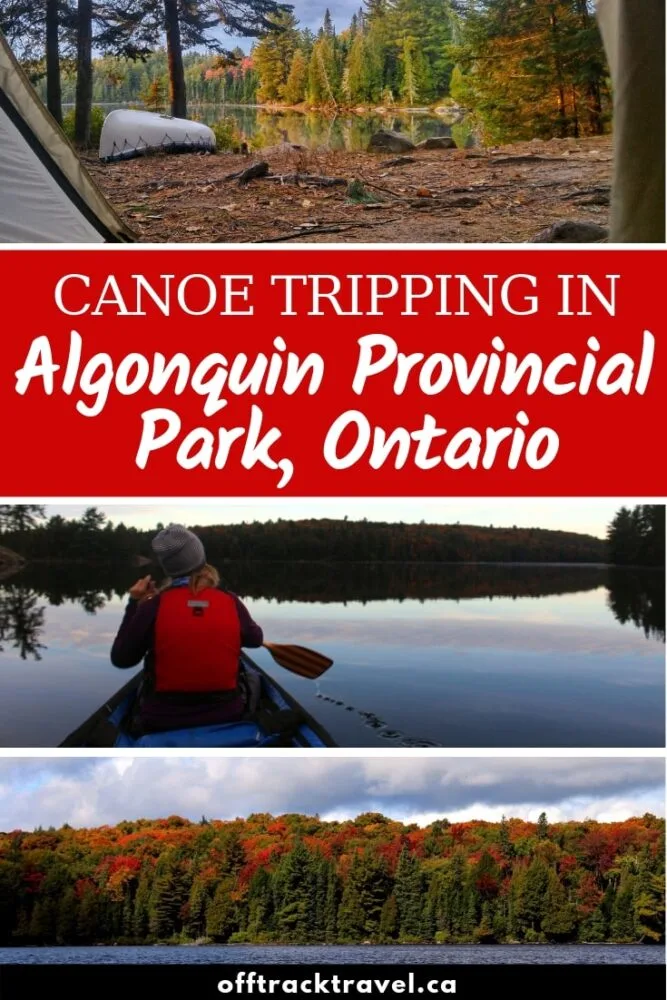
Free printable paddling checklist
Subscribe to our monthly email newsletter and receive a free PDF checklist for your next multi-day paddling adventure
We never share your information with third parties and will protect it in accordance with our Privacy Policy
Check out these other paddling posts next
The Sunshine Coast Trail is one of Canada’s best long-distance hiking paths. Located in British Columbia, the trail features 13 free-to-use huts. This post will share all the details you need to know about the Sunshine Coast Trail huts, including location, nearest water sources, facilities, available tent space and more.
A contrast of landscapes awaits on this transcontinental adventure, starting with the forested lakes of Ontario, the endless fields of the Prairies, the rugged Rocky Mountains and the temperate rainforests of British Columbia. This Toronto to Vancouver road trip guide highlights the top roadside stops on the 4,400km long journey across Canada.
Spirit Island; a name as captivating as the destination itself. Situated in the middle of a turquoise-coloured lake, this tiny island is surrounded by soaring mountains on three sides. Only accessible by water, Spirit Island is one of the most unique places to see in the entire Canadian Rockies.
Loving your IEC experience in Canada and would like to stay longer? Unfortunately, IEC work permit extensions are only possible in very specific circumstances. This post will share everything there is to know about IEC work permit extensions as well as valid options for IEC participants to stay longer in Canada.
British Columbia is renowned for its spectacular natural beauty. Like most travel destinations, however, a bit of careful planning is sure to make your trip a lot easier. After all, you don’t know what you don’t know!
Can’t choose between visiting Vancouver Island or the Canadian Rockies? You don’t have to! This two-week BC Coast and Rockies road trip route showcases both ocean and mountain regions as well as lush temperate rainforest and dry grasslands. Expect to see turquoise lakes, deep canyons, gorgeous sandy beaches, huge waterfalls and more.
Wanting peace of mind from unexpected costs, we always buy travel insurance when travelling outside of Canada. Find out more about travel insurance options for Canadians, as well as some specific travel insurance considerations for Canadian travellers.
January arrives and with it, the frenzy for summer backpacking reservations. The good news is that it is still possible to go backpacking in BC without a reservation.
Boasting as many as 41 spectacular waterfalls, Wells Gray Provincial Park is a must-see destination for waterfall chasers, nature lovers and adventure seekers everywhere. From the iconic Helmcken Falls and wide Dawson Falls to lesser-known gems, each cascade is uniquely beautiful.
Uncover the essence of BC’s beautiful Salish Sea on a Coastal Circle Route road trip, taking in both Vancouver Island and the Sunshine Coast. The Coastal Circle Route is an ideal road trip for anyone looking for a satisfying and scenic driving loop located slightly off the beaten path.

One half of the Canadian/British couple behind Off Track Travel, Gemma is happiest when hiking on the trail or planning the next big travel adventure. JR and Gemma are currently based in the beautiful Okanagan Valley, British Columbia, Canada


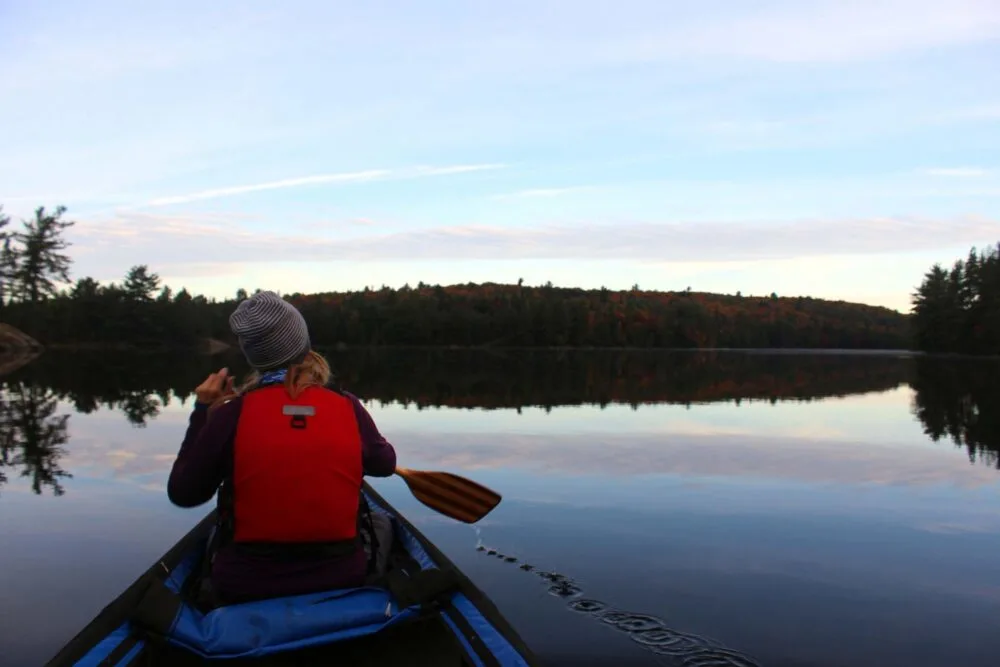
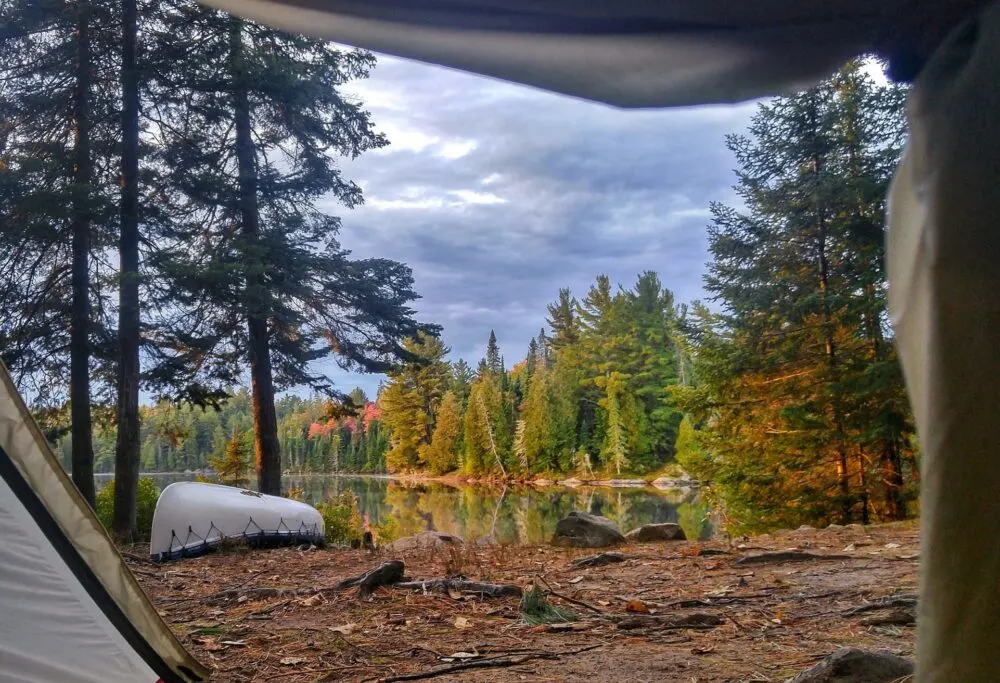
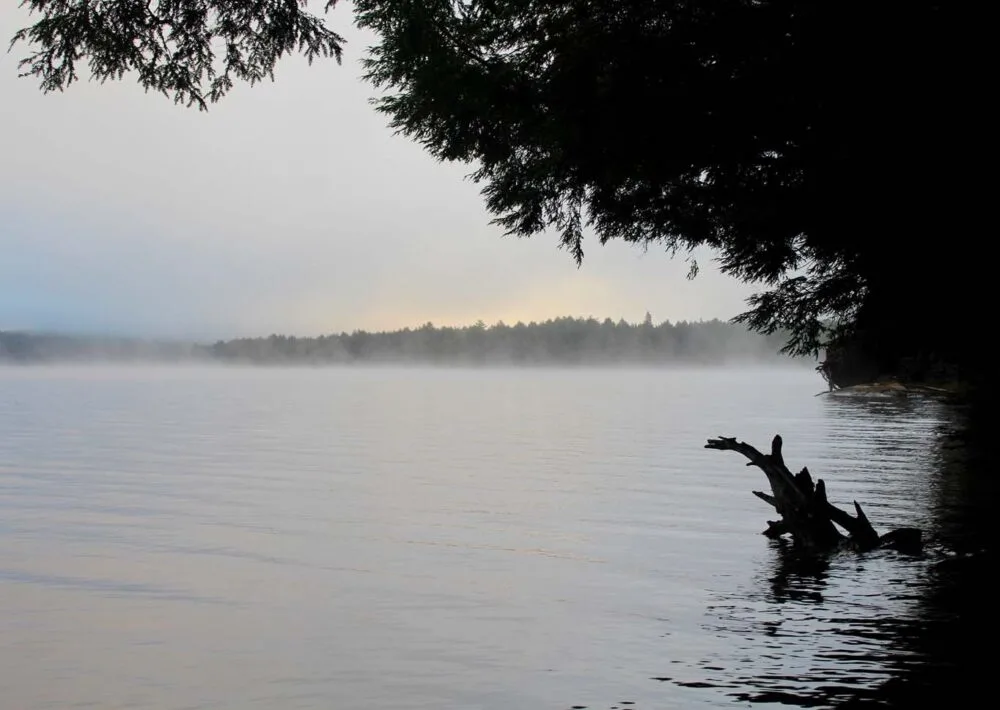
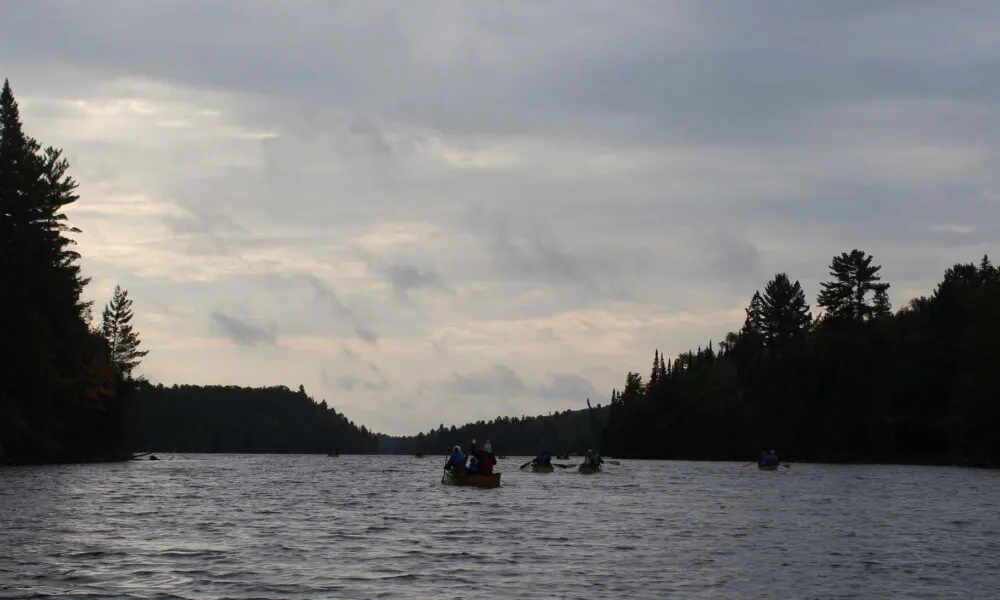
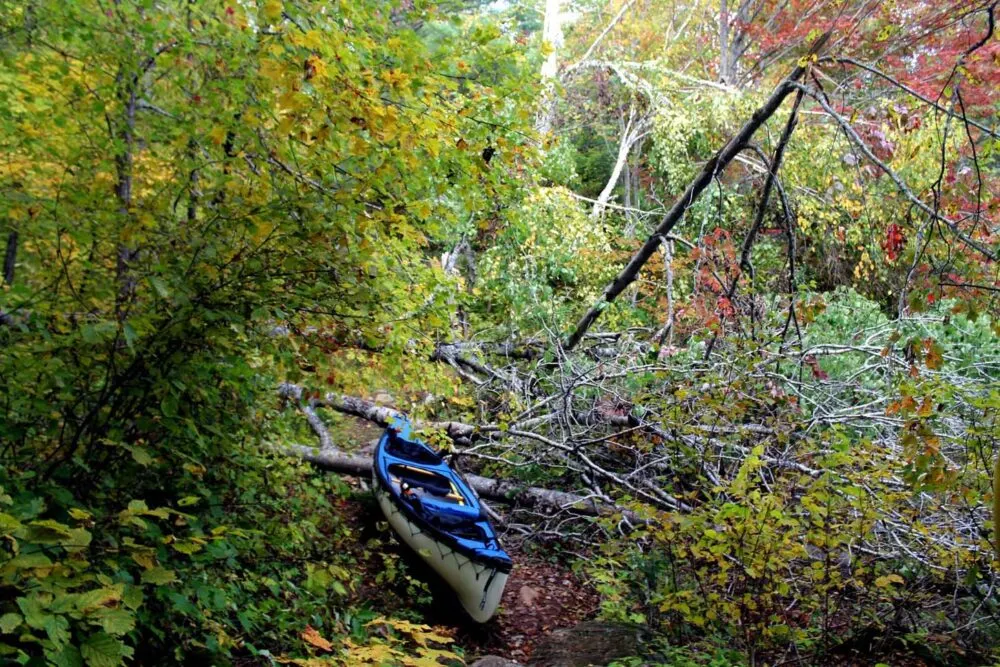
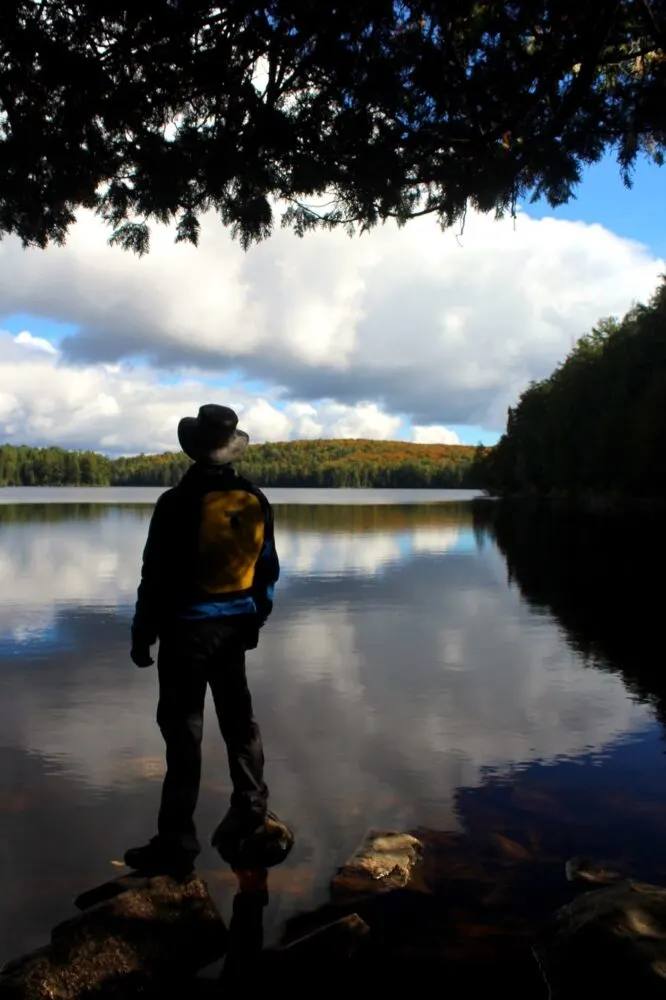
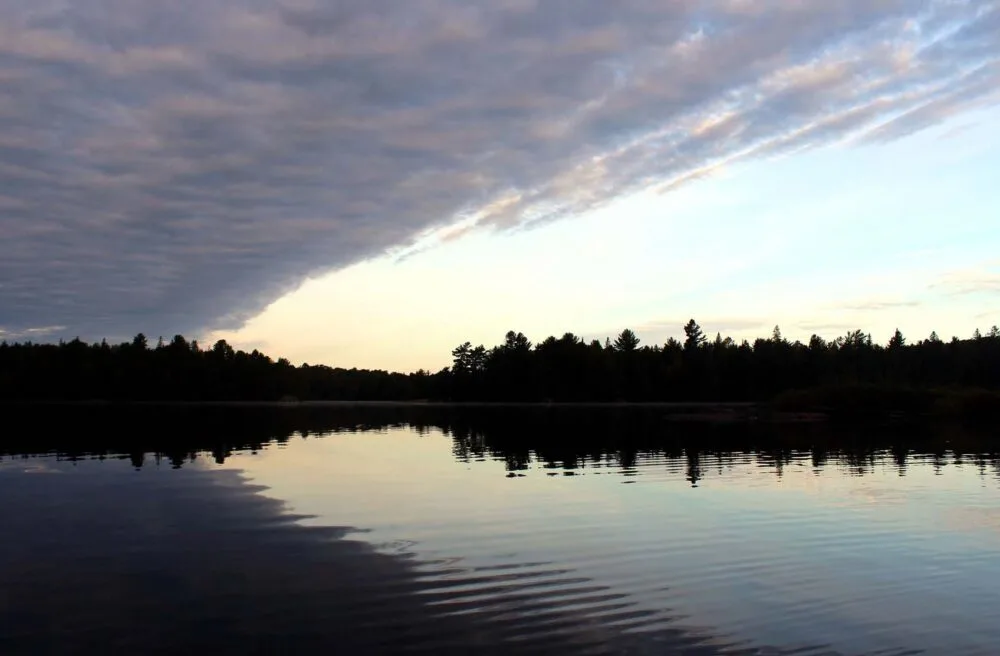
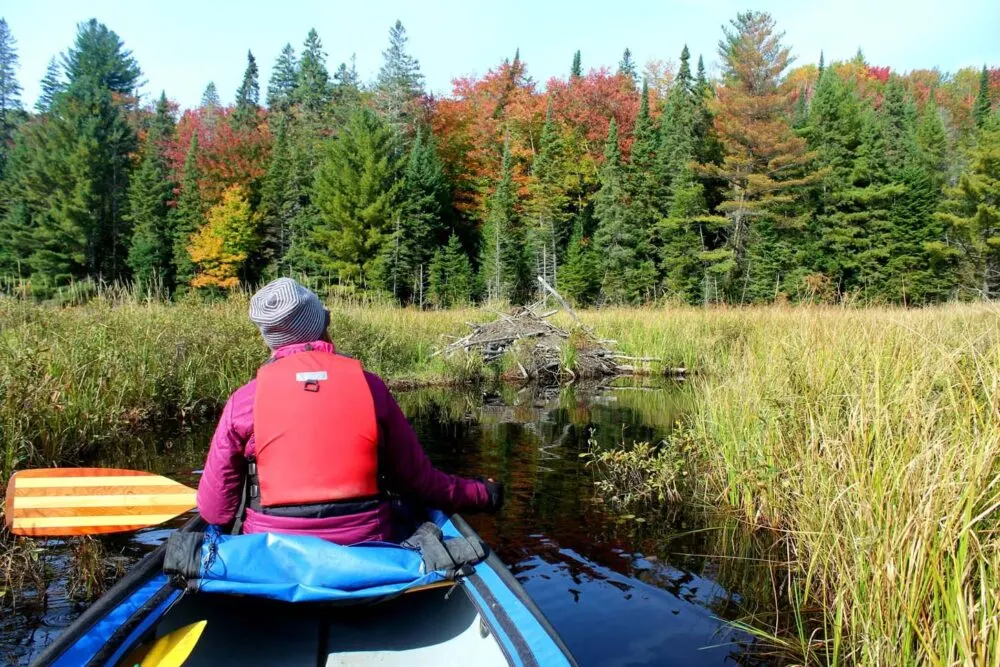
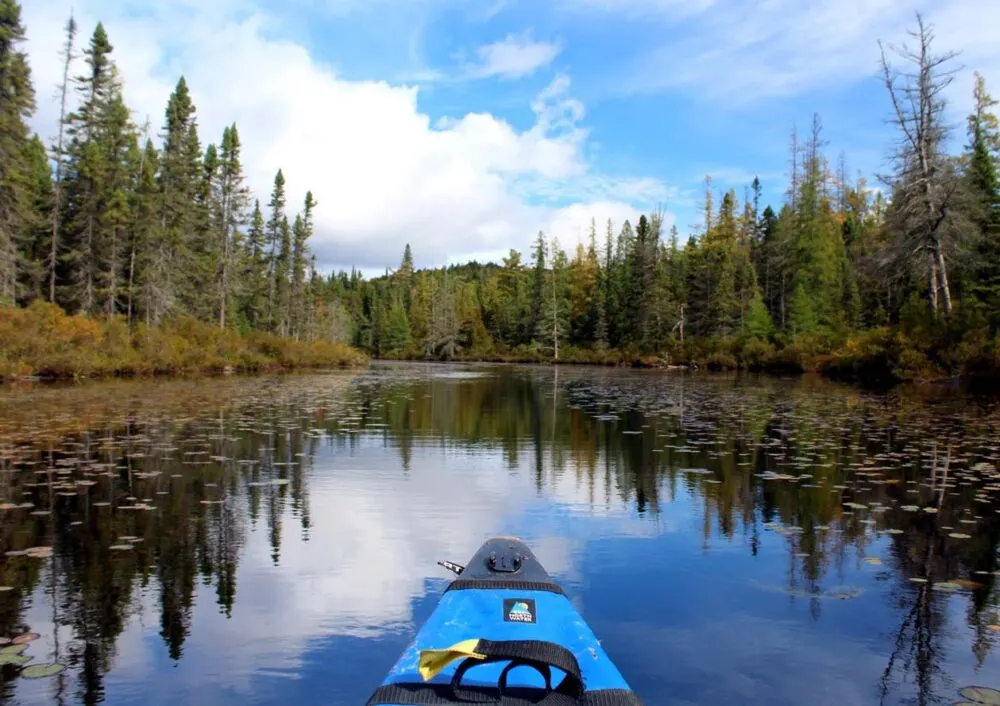
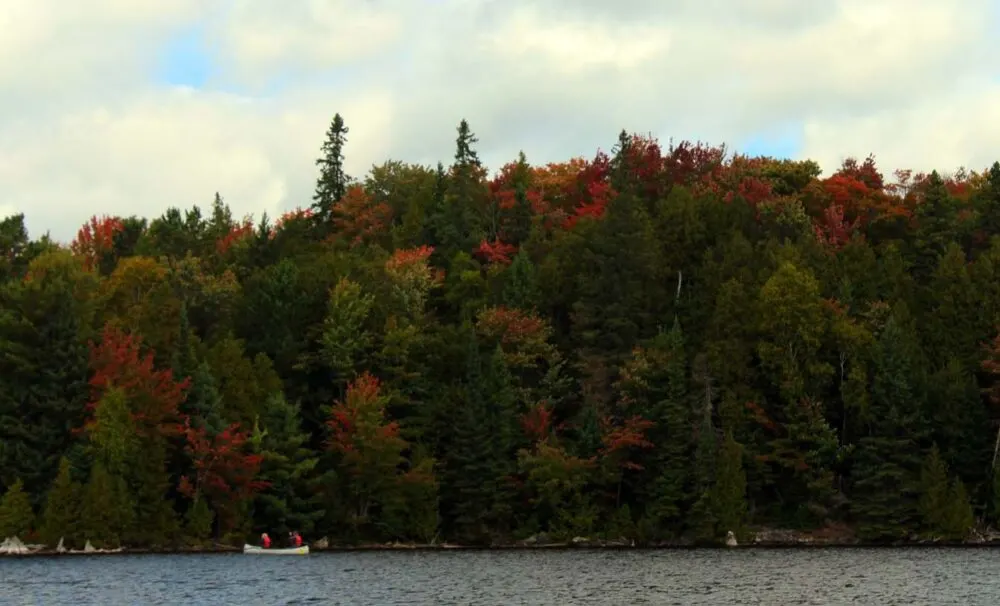
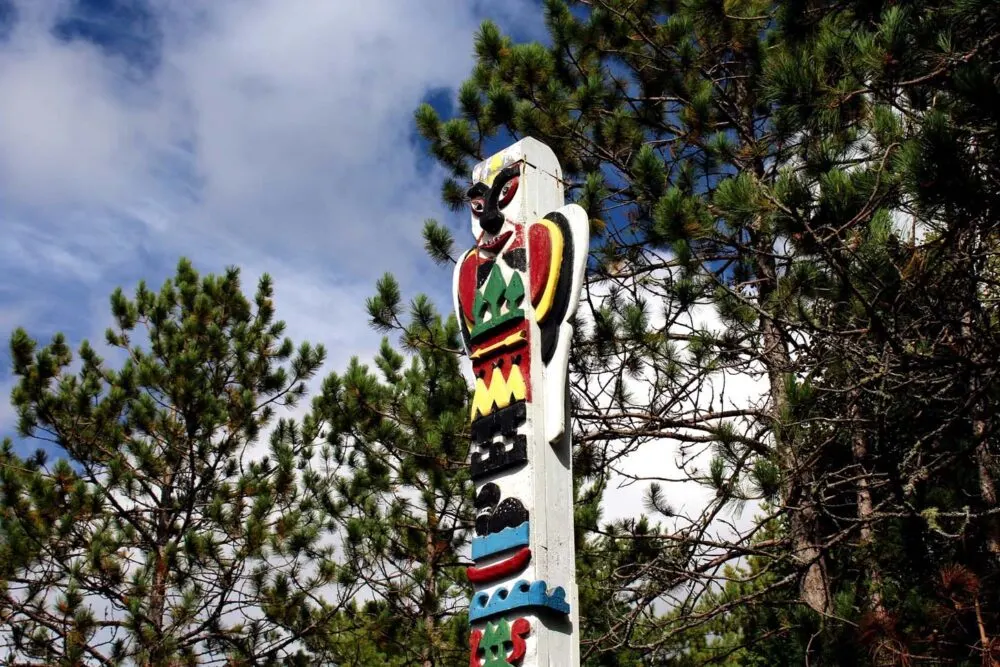
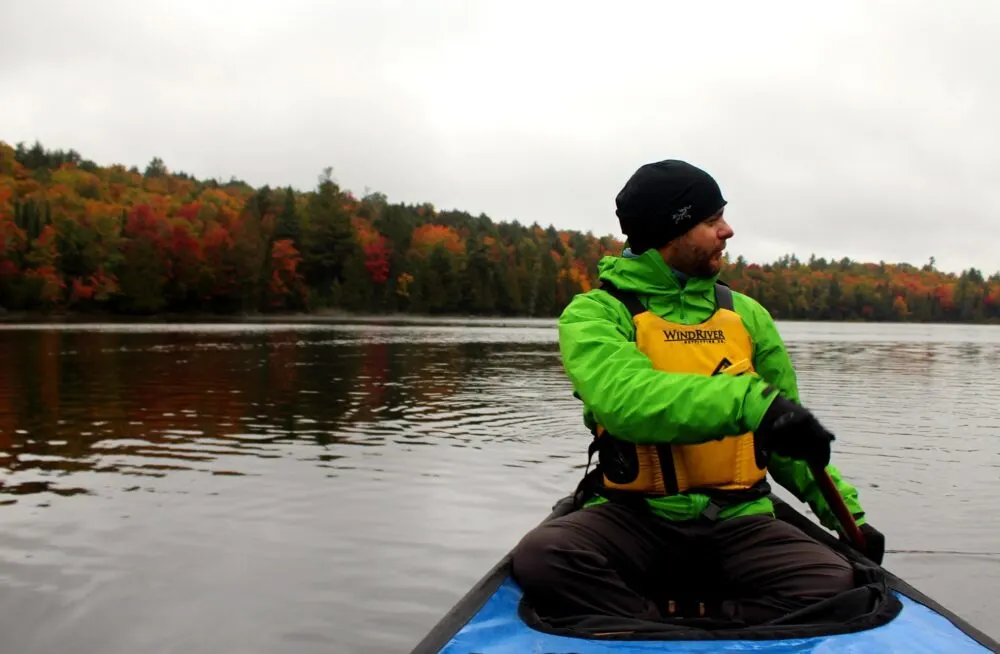
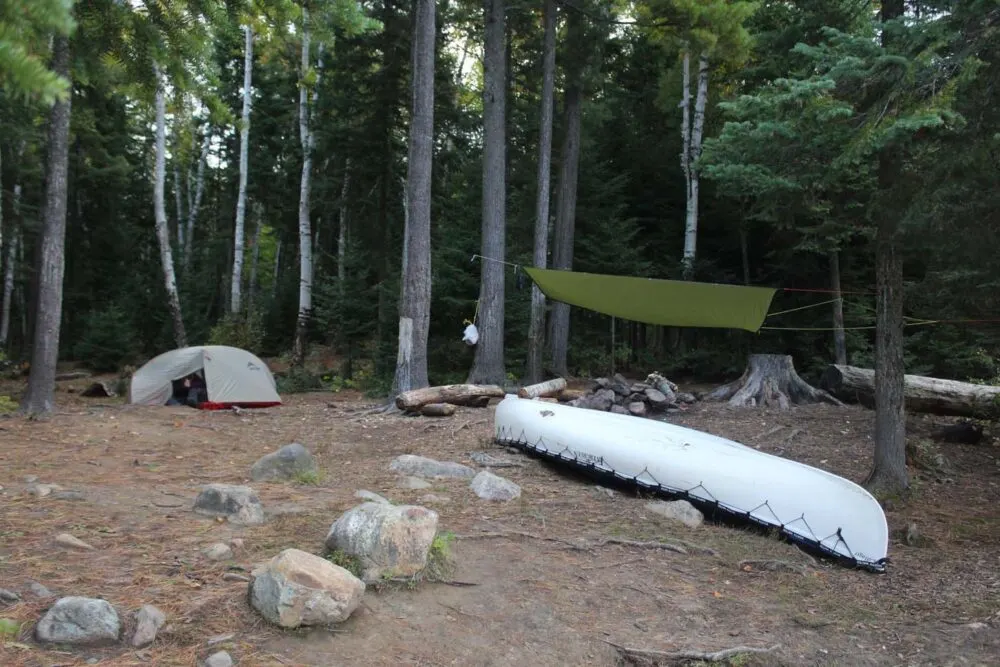
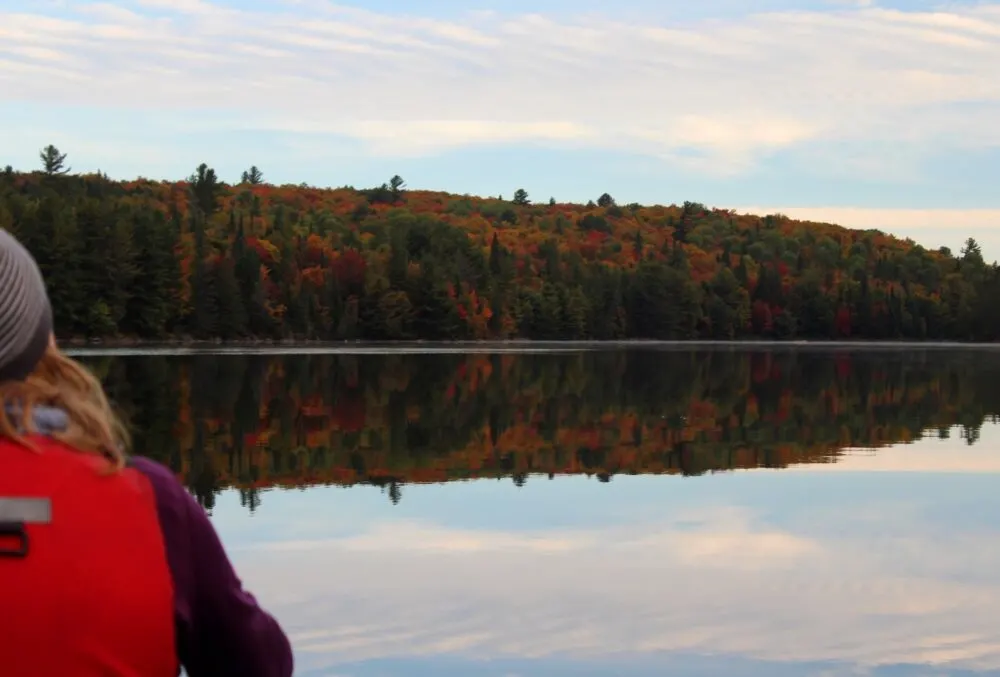

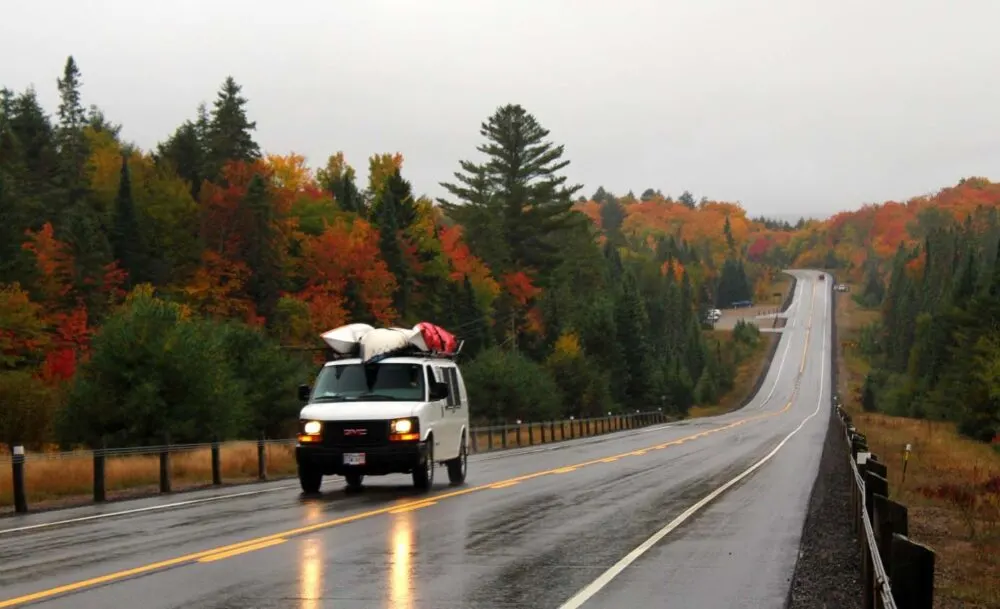
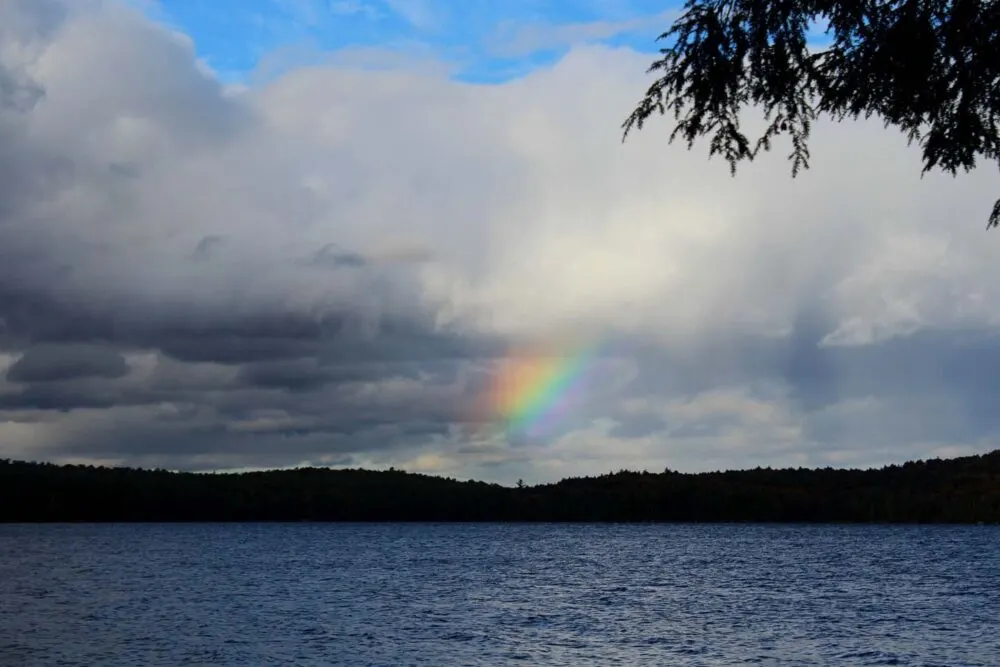
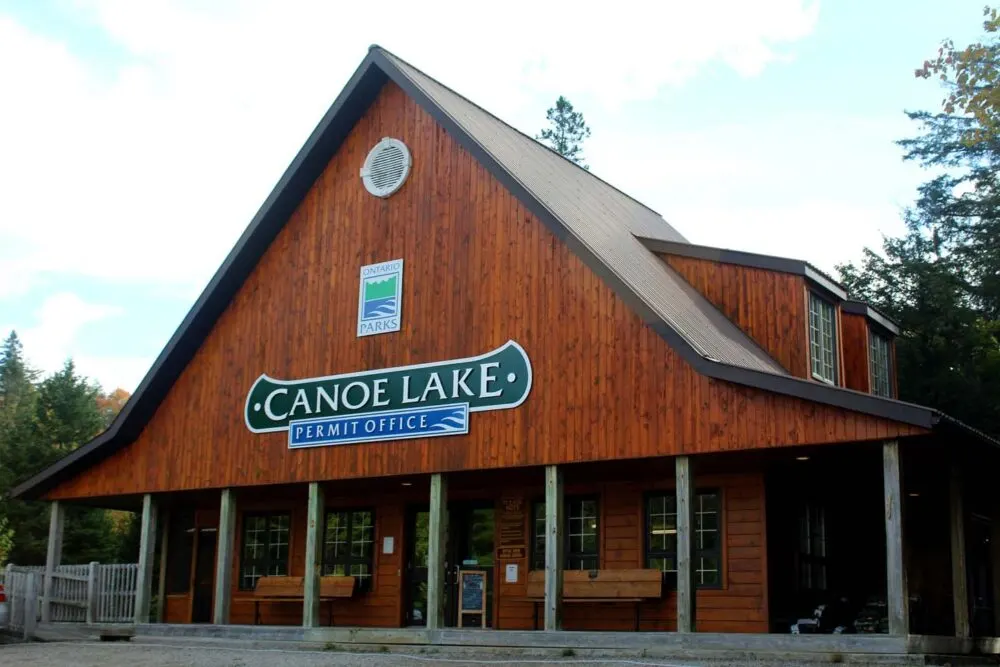
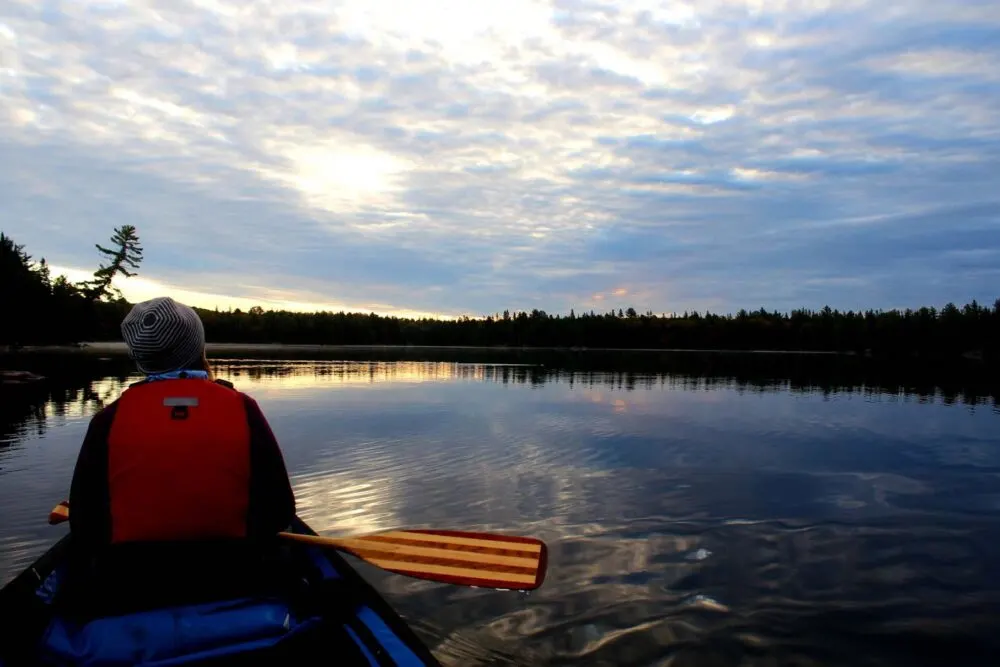
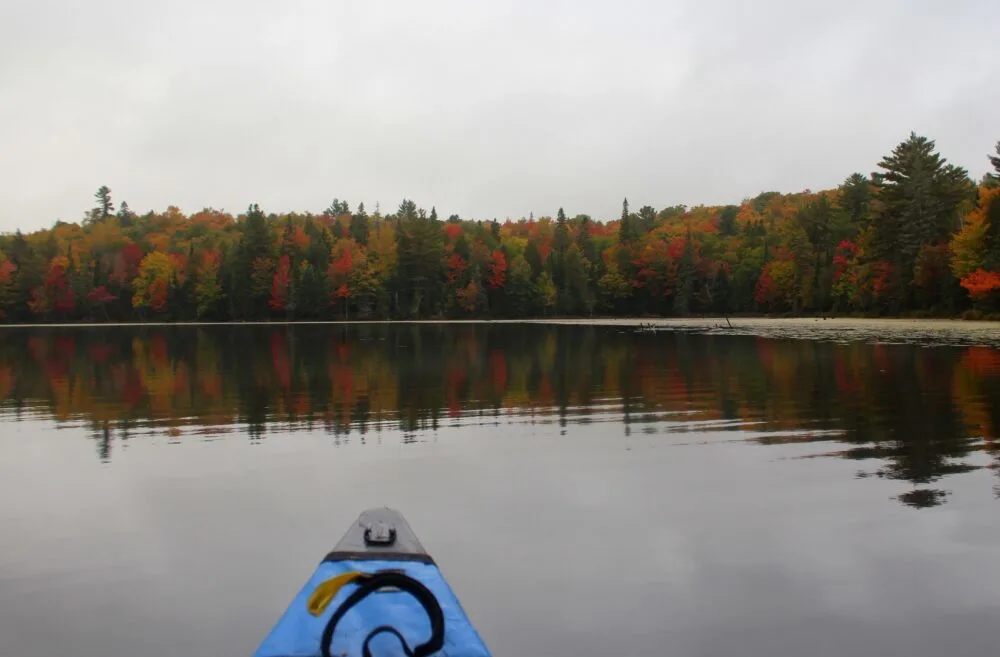
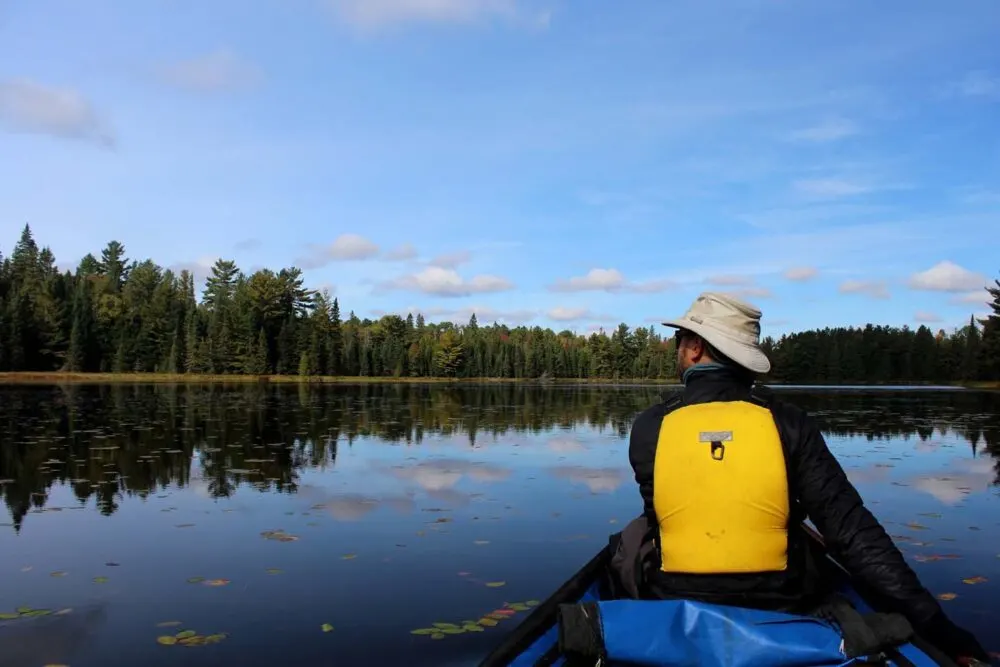
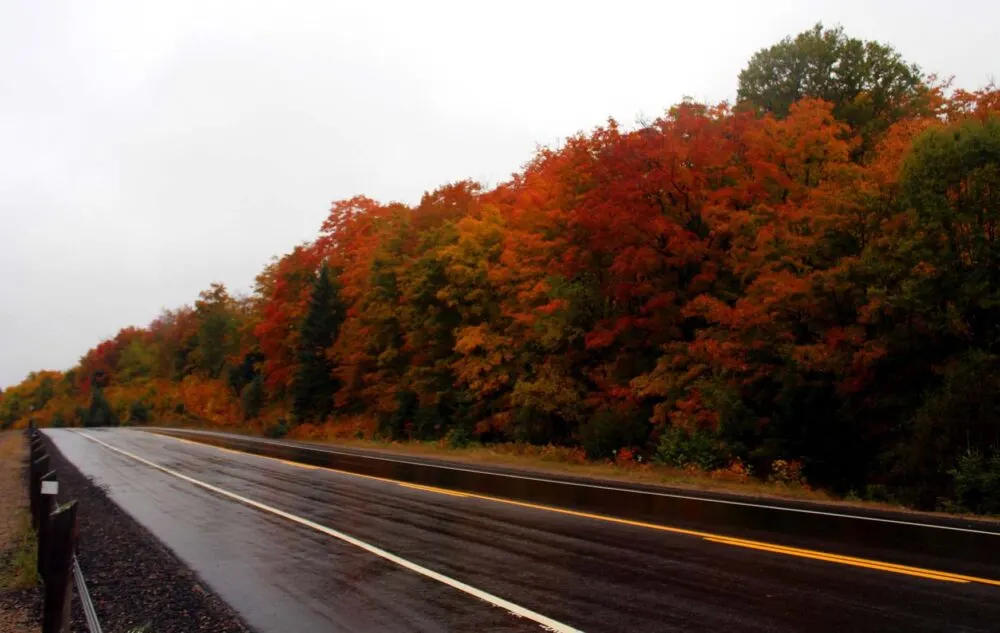
Kelly Boadway
Tuesday 23rd of February 2021
Love seeing my familiar park through a BC traveller's eyes! Did you end up using your canoe cart in Algonquin? If so, what kind do you use?
Gemma
Wednesday 24th of February 2021
Hi Kelly!
No, we didn't use a canoe cart. Sorry I can't be of more help!
Corinna
Wednesday 19th of December 2018
Hi you two! I enjoyed reading this post. I have been in Algonqin once (hiking) and wanna go back for sure. Will keep all your tips in mind. Happy Holidays! Corinna
Gemma
Thursday 20th of December 2018
Thanks Corinna! I hope you make it back to Algonquin soon. Happy holidays to you as well!